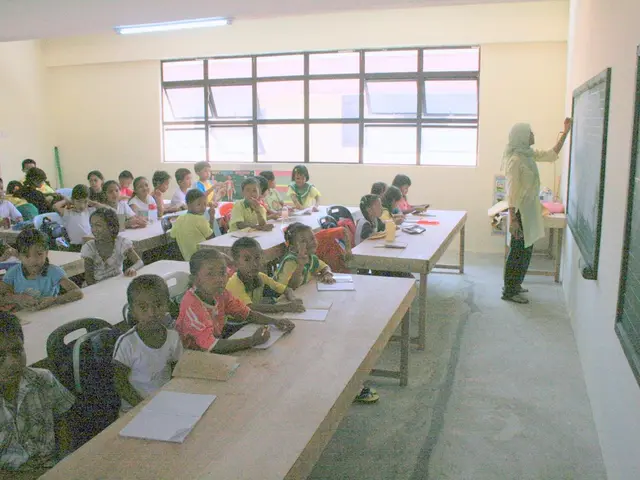Bangladesh’s National University faces crisis with 3 lakh vacant seats in 2023-24
The National University (NU) in Bangladesh is grappling with a persistent issue of vacant seats, with over 3 lakh seats remaining unfilled in the 2023-24 academic year. This alarming trend, which has been ongoing since 2020, raises questions about the effectiveness of Bangladesh's higher education policy.
NU, established in 1992 to democratise access to higher education, has struggled to fill seats, particularly in rural areas. District-level colleges often see one in three seats empty, with rural institutions struggling to fill even half. This imbalance is further exacerbated by a mismatch in enrolment, with humanities departments overflowing while science and business faculties grapple with empty seats, reflecting deeper issues in the secondary education pipeline.
The vacancy crisis is not just a numbers game. Nearly 28.24% of NU graduates remain unemployed, with most others working in low-income or mismatched jobs. This disconnect between education and labour market demands has led to a loss of respect for NU degrees in professional recruitment, with employers increasingly preferring graduates from private or specialised institutions. The chronic under-enrolment is due to a combination of demographic changes, competition from private universities, and systemic issues such as the proliferation of colleges without proper planning or quality control.
The high vacancy rate in NU is an indicator of an existential drift in Bangladesh's higher education policy, with expansion prioritised over excellence and quality assurance. Institutions have not proactively addressed the root causes of the high vacancy rate. To reverse this trend, stakeholders must work together to understand and address the underlying issues, ensuring that higher education in Bangladesh serves the needs of both students and the labour market.
Read also:
- Executive from significant German automobile corporation advocates for a truthful assessment of transition toward electric vehicles
- Crisis in a neighboring nation: immediate cheese withdrawal at Rewe & Co, resulting in two fatalities.
- United Kingdom Christians Voice Opposition to Assisted Dying Legislation
- Democrats are subtly dismantling the Affordable Care Act. Here's the breakdown







